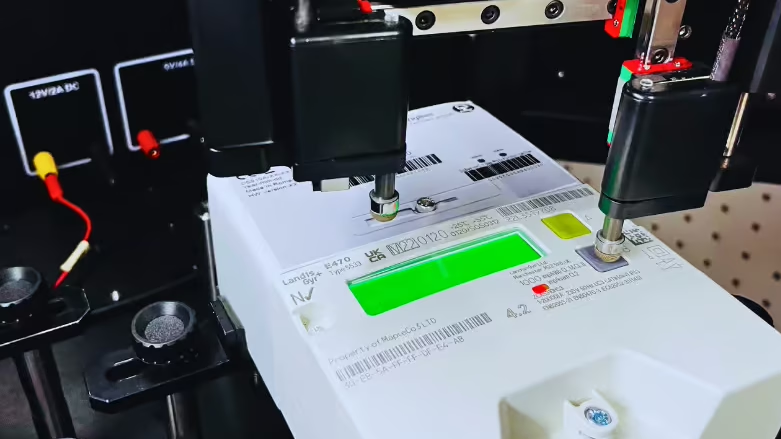Technology is evolving every second, and sticking to old manual testing techniques is like using a flip phone in the smartphone era. You’ll get the job done, but not efficiently or effectively.
In fact, 72% of organizations allocate up to 49% of their QA budget for test automation.
If your QA team is constantly racing to fix issues instead of preventing them, it’s a clear sign your current strategy isn’t working. Test automation drives continuous delivery, boosts agility, speeds up release cycles, and lowers costs without compromising quality.
Let’s look at the most prominent tell-tale signs that you need to quicken your Automation.
Table of Contents
5 Signs It’s Time to Embrace Test Automation

If you see these signs, it’s time to switch to test automation today:
1. Slow Release Cycles Are Holding You Back
If your QA testing team frequently misses delivery dates, your framework is likely slow and inefficient. Additionally, it indicates that your deadlines are unreasonable if it isn’t.
Missed deadlines result in lost chances. Consider automating a portion of your testing framework to expedite the process if late deliveries are frequent.
It is commonly recognised that automated testing is faster than manual testing. Humans are infamously slower than machines, after all.
2. You’re Struggling to Keep Up with Growing Test Coverage
Your product is growing with more features, more complexity, and more edge cases. But if your testing resources aren’t scaling with it, you’re leaving risk on the table.
James Boatwright, CEO of Code Galaxy, once said:
“If you have a large amount or multiple repetitive software tests to do, automation is often the best option to save on time and get more in-depth reliable results.”
Automation lets you build a strong suite of repeatable tests that scale with your product without overloading your team.
3. Your Team Is Dealing with Frequent Regression Issues
A classic indicator of an excessive reliance on manual testing is regression problems. Nothing feels more frustrating than pushing a fix only to break something that was working fine last week.
It’s difficult to identify what broke when you’re testing under pressure and on a deadline.
Automated regression suites act like a safety wall. They capture unintended side effects before they are deployed to production. Regressions can be identified early and frequently using automation.
4. Your Testing Process Is Inconsistent and Error-Prone
Manual testing differs according to the person performing it, their time constraints, and their level of fatigue. Mistakes can happen. Steps can be skipped. Bugs can slip through.
Automated tests are not distracted, fatigued, or prone to errors. They always operate in precisely the same manner once they are set up.
In addition to improving quality, that consistency promotes trust among your QA and development teams.
5. You’re Struggling to Test Across Multiple Platforms and Devices
As apps become more complex, they must work seamlessly across browsers, operating systems, and device types. Manual cross-platform testing is time-consuming and error-prone.
Automated testing helps scale testing for mobile, web, and desktop; all with consistent quality checks and reduced time to execution.
How to Get Started with Test Automation

Not everything needs to be automated at once. Begin modestly. Start automating high-impact, repeated test cases such as:
- Payment systems
- Login procedures
- Significant user journeys
Tools like Ranorex Studio and Telerik Test Studio support web, mobile, and desktop testing with a user-friendly interface. They are ideal for both beginners and experienced testers.
Automation Isn’t Just a Productivity Booster: It’s a Game Changer
Test automation is a complete shift in how QA teams operate. It gives you the confidence to release faster, eliminates repetitive grunt work, and brings consistency across your entire QA pipeline.
In a world where speed, quality, and scale are non-negotiable, automation with SGBI turns testing from a bottleneck into a strategic advantage.
Ready to evolve your testing strategy?
Start small, stay focused, and scale with confidence with us. Invest in test automation today and future-proof your QA team.
Contact SGBI to learn more!




